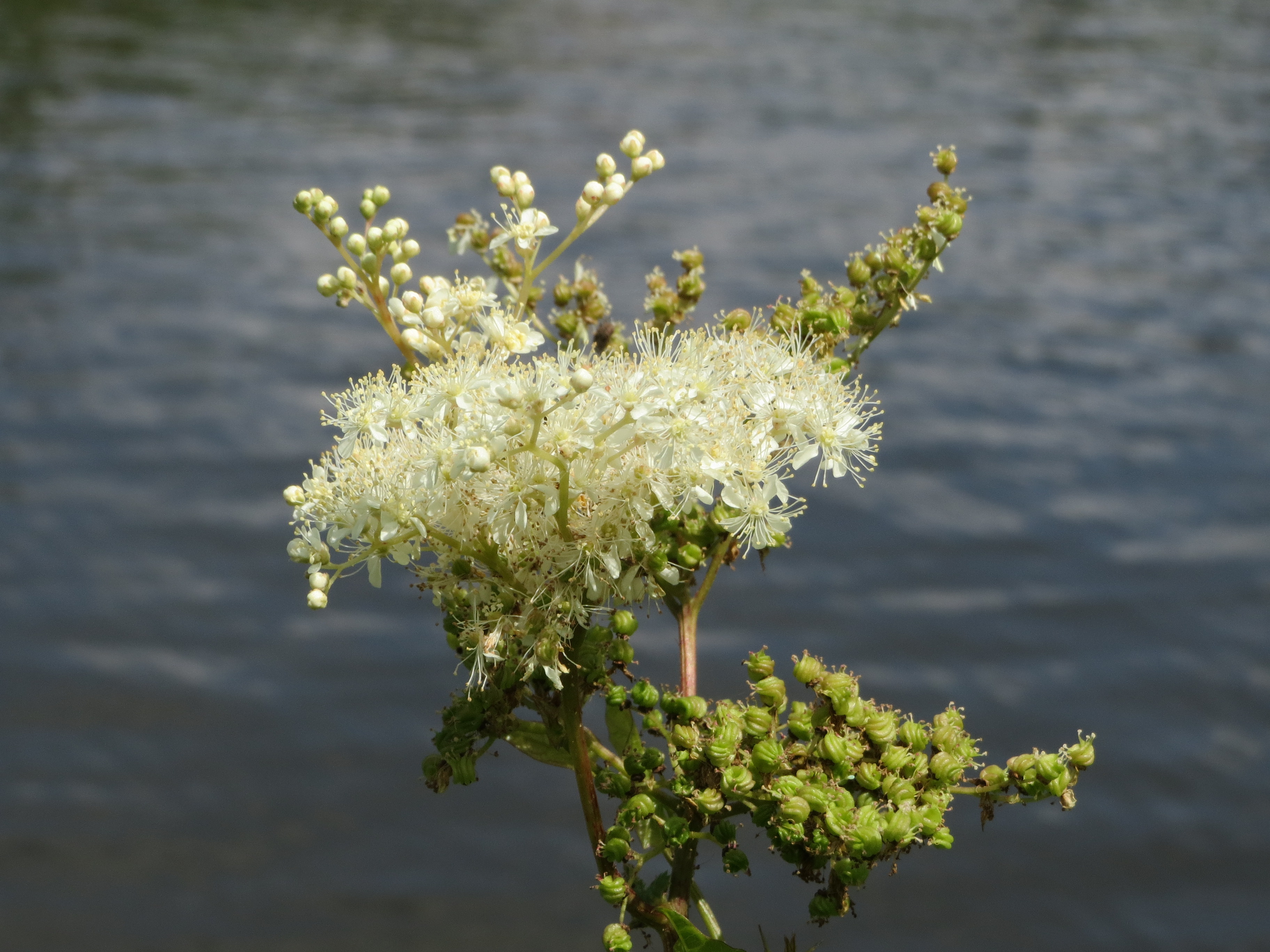 |
| Meadowsweet shrub(Spiraea Ulmaria) |
However pure salicylic acid was not easy on the stomach and caused serious side effects such as nausea,vomiting and at times even bleeding.
 |
| Aspirin: Acetyl Salicylic acid |
Revisiting the progress made by pharmaceutical industry over the last 120 years since the introduction of aspirin, Raymond Deshaies, states that the Rational Drug Design was the next revolutionary leap that redefined the industry. This was made possible in the 1970's because of the rapid advances made in the interdisciplinary fields such as chemistry/biochemistry/pharmacology/medicine and related areas. Scientists now knew the chemistry and three dimensional structure of the target site and accordingly they could design suitable drug molecule to latch on. This idea known as "Lock and Key" or one Target one Drug (1T1D) concept, ushered in the era of rational drug design. And this trend continued when Recombinant DNA Technology opened new vistas with biomolecules as drugs. In 1982 first drug in this category Humulin (short for Human insulin) hit the market. And then followed a series of therapeutic mAbs(monoclonal antibodies) for immunotherapy. In all these endeavours, drug design fundamentally still retains the 1T1D approach.
However in parallel now the idea of Multispecific Drugs (MDs) is catching up fast. As the name implies these moieties could have two or more docking points. Two types of MDs are being developed. The first category are drug carriers, which would dock in close proximity to the target site and then release the drug molecule, thus improving specificity and reducing effective dosage. The second category is a more ambitious plan of biological matchmakers that will coax two entities to come together and interact. A typical example is hemlibra now in market for haemophilia A. Haemophilia is the inability of blood to clot. Blood clotting involves a series of steps, each requiring specific interaction between biological entities known as Factors.
 |
| Courtesy: wikipedia |
TAILPIECE:
During 1970's, Professor John Vane, at the Pharmacology department, University of London, discovered that aspirin interrupts platelet aggregation and thus prevents blood clotting. Professor Vane together with Sune Bergstrom and Bengt Samuelsson won Nobel Prize for physiology/medicine in 1982 for their pioneering work on prostaglandins.
REFERENCES:
1. From a tree, a miracle called 'aspirin'
2. Multispecific drugs herald a new era of biopharmaceutical innovation.
2. Multispecific Drugs: the fourth wave of Pharmaceutical Innovation
3. A sea of change in drug design
4. Emicizumab a bisspecific factor IXa and Factor X directed antibody, for the prevention of
bleeding episodes in patients with haemophilia A